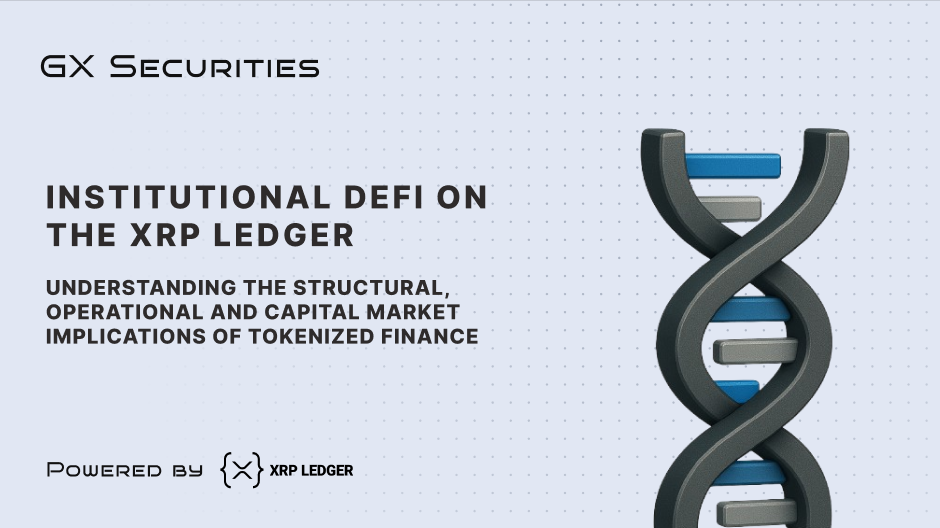
Capital markets are quietly shifting. For years, securitization has been the standard play take assets that don’t trade easily, bundle them and turn them into something investors can work with. It’s a well-worn path that’s helped move trillions across global markets.But there’s a new approach starting to get real traction. Tokenization, using blockchain as the foundation, is changing how we think about structuring financial products. It strips out some of the old complexity, speeds things up and gives everyone involved more visibility into what’s actually happening.This isn’t hype it’s a shift that fund managers and institutional players need to understand. Not because it’s flashy, but because it’s reshaping how capital is raised, how assets are distributed and how investors expect to engage with markets.
Tokenization vs. Securitization: It's Not Just New TermOn the surface, both mechanisms aim to convert assets into transferable units. But beneath the hood, they operate under **vastly different models** in terms of infrastructure, legal treatment and user experience.
Securitization
Tokenization
Bottom Line: Securitization restructures financial assets for specific risk-return profiles. Tokenization re-engineers how those assets are created, distributed and serviced.
Traditional Securitization:
Tokenization:
For managers of private credit, infrastructure, or real asset funds, tokenization unlocks faster capital formation and broader investor access without compromising on regulatory safeguards.
Tokenization delivers measurable advantages over traditional models:
Securitization remains valuable for its ability to scale and stratify risk, but its cost structure and settlement cycles are increasingly out of step with digital-native expectations.
Tokenization is not a replacement for securitization. Rather, it’s a parallel innovation that works best for targeted, programmable and investor-facing asset models.
Both models seek institutional capital, yet their pathways differ:
Tokenized debt markets introduce:
As infrastructure matures, tokenization could bring liquidity to previously stagnant asset classes, such as direct lending portfolios or revenue-sharing vehicles.
Opportunities:
Challenges:
Securitization and tokenization aren’t mutually exclusive—they reflect different eras of financial architecture. Securitization thrives on structure. Tokenization thrives on automation.
For fund managers, the goal isn’t to choose sides, but to assess where tokenized infrastructure can augment or streamline traditional processes. As programmable finance becomes the norm, tokenization may well become a new standard for agile, transparent and investor-aligned financial products.
🔗 Further Reading:
Discover how GX Securities leverages the XRP Ledger for compliant DeFi infrastructure and tokenized asset operations on XRPL | Contact us at compliance@gxsecurities.com or send us an inquiry
Disclaimer
GX Securities operates solely as a DLT infrastructure provider and this article does not constitute financial advice or an offer of securities.
By entering, you confirm that you are an institutional or professional investor eligible under applicable regulations. Retail investors are not permitted. If you are not eligible, please exit.
GX Securities is a DLT infrastructure provider and does not offer investment services, advice or custody. DLT securities content is informational only and not an offer or solicitation.
I acknowledge and agree to the
Terms of Use
Privacy Policy